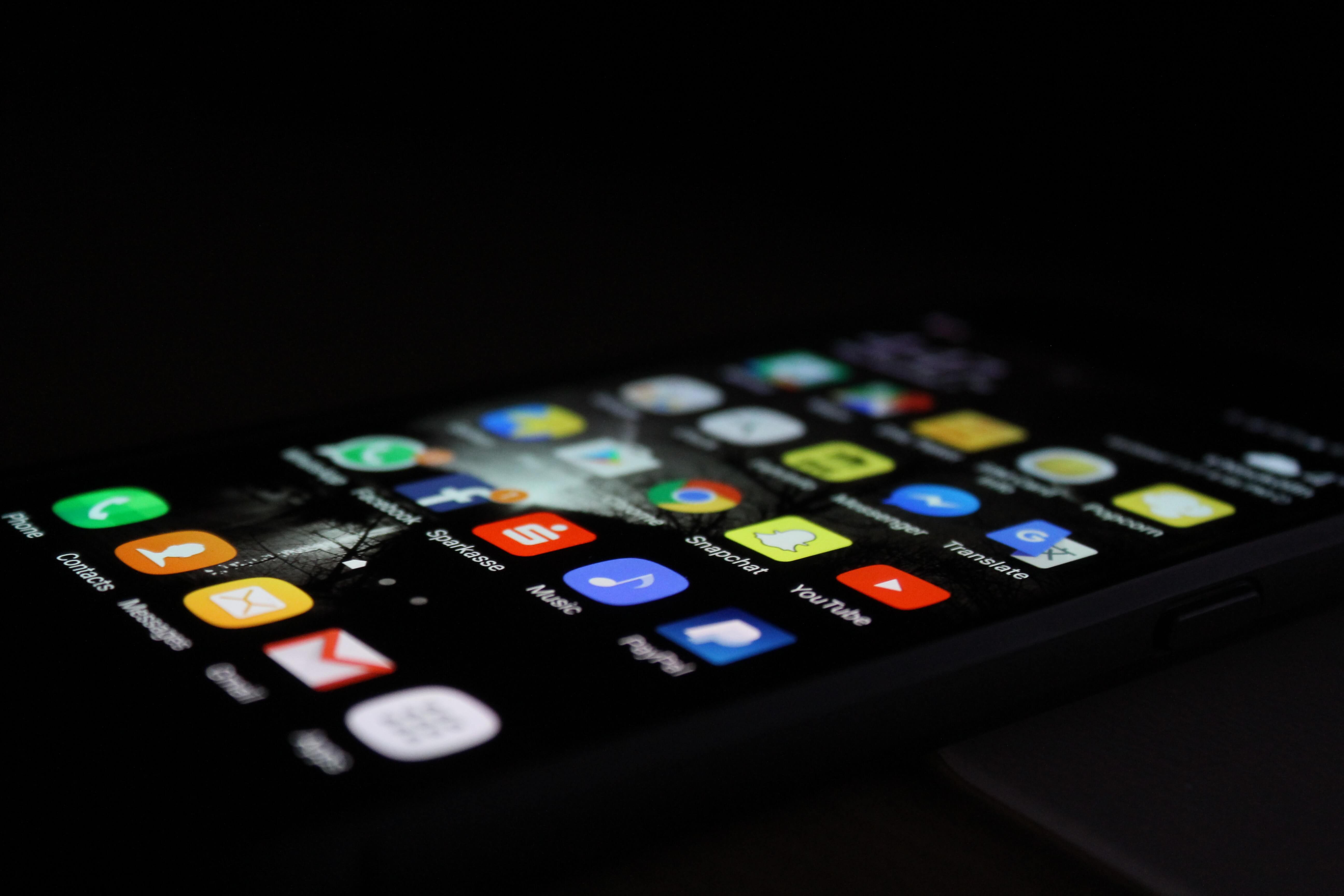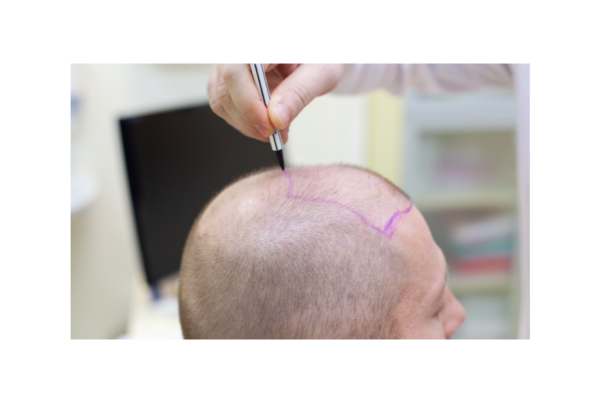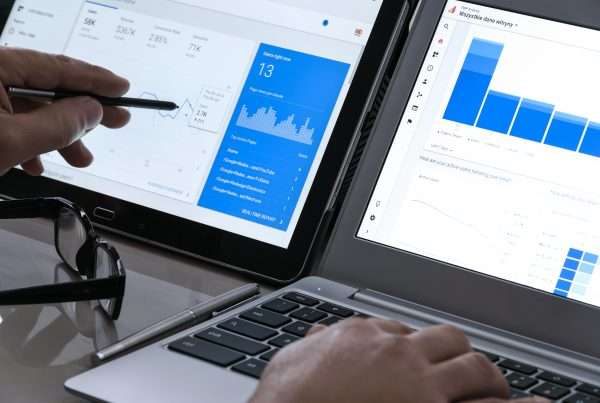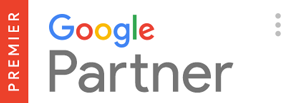PPC is a perfect way to get more traffic to your site without the wait. But what if you don’t want traffic to your website? Most PPC pros talk about getting website leads or eCommerce purchases with PPC, but there’s a facet of PPC we often overlook: app campaigns.
Google has offered a version of app campaigns since 2015 to promote the millions of apps available to iOs and Android users. If your brand is dependent on app downloads and engagement, it’s time to focus on app campaigns. Encourage users to engage with you after they download that app to get closer customer relationships and better results.
What Are Universal App Campaigns?
Google app campaigns are officially called Universal App Campaigns, or UAC. These campaigns use machine learning to promote your iOS or Android app to users on Google properties.
The great thing about app campaigns is that they’re almost completely automated. Google generates ads based on your creative input and continues to optimize targeting to get more results for less spend. If you hate spending hours optimizing PPC, this campaign type will free up your time so you can focus on what matters.
Google claims this campaign type is 140% more effective than other paid app promotion strategies. If you’ve tried promoting your ad in other ways and nothing is working, UAC could be right for you.
Where App Campaigns Display
Google’s UAC will automatically display your ad across several channels, including:
- Google Search: You don’t have to add keywords for app campaigns. Google will automatically pull these from your Google Play store listing.
- Google Play: Display ads for your app in the “you might also like” section of Google Play to entice users to download.
- YouTube: Google shows your ads before users watch videos on YouTube.
- Google Display Network: Google’s network of partner sites can reach 90% of all users on the internet. Reach users no matter where they are in the world to promote your app.
- Gmail: Yes, your add can show up in Gmail! Google displays this as a text link above the user’s inbox.
- Google Discover: This is the new name for the Google Feed. It displays relevant content that might interest users based on their search history.
If you want a richer, more effective campaign that reaches users wherever they are, UAC has the distribution channels to make it happen.
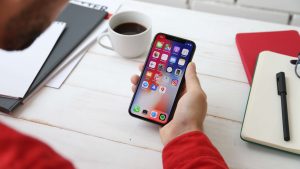
How App Campaigns Work
It’s simple and fast to set up an app campaign with Google. You’ll only be responsible for setting a budget, location, language, and creative for this campaign. Google takes care of the rest.
Once upon a time, advertisers had to upload separate pieces of creative for app campaigns. The process was expensive, inefficient, and tedious. Fortunately, Google’s AI algorithm means you don’t have to do this.
Simply plug in 4 lines of text and up to 20 videos or images to accompany that text. As the campaign runs, the AI will flag which creative combinations are more effective, optimizing for more installs or engagements based on your goals.
The 3 Benefits Of App Campaigns
Why run an app campaign? For brands and app developers, app campaigns have 3 major benefits.
1. Get more engagement
You spent thousands of dollars on your app. Get a return on your time and money by boosting user engagement. Google’s smart targeting features means you can bring in not only more users, but users that will boost your bottom line with better engagement. If you’re getting a lot of downloads but few conversions, app campaigns will move the needle.
2. Save time
Don’t spend hours of valuable time marketing your app. Instead, use Google’s intuitive and automatic AI to run things for you. That doesn’t mean you shouldn’t look at your campaigns from time to time, but it does mean you don’t have to check on your progress every day. With Google app campaigns, you’re able to show the right ads to the right customers without hours of effort.
3. Optimize ad spend
Every marketing department is worried about the budget. If you need to get more sales in your app, app campaigns are the way to do it. You can optimize your budget for both new users or for engagements, paying for what matters most to you.
3 Google App Campaign Best Practices
Are you new to app campaigns? Don’t worry. Follow these 3 best practices to make the most of your next app campaign.
1. Choose the right bidding strategy
Google UAC gives you three bidding options to choose from. Don’t just select one without thinking; this bid strategy is what Google uses to improve your ROI. If you choose the wrong option, it will be much harder to grow your audience.
You can choose from 3 options in UAC:
- Installs: This option is purely for getting new users to your app. This is ideal if you just launched a new app and need to get traction in the market.
- In-app conversions: But what if you have enough users? What if you need more people to make in-app purchases? Choose this option and Google will target who are individuals more likely to make in-app conversions.
- Target ROAS: This is a new feature that’s still in beta. As user LTV increases, return on ad spend (ROAS) improves. It’s more advanced than in-app conversions because it optimizes bids for users that will generate more value over time.
Keep in mind that Google’s system will need a healthy amount of conversion data (at least 100), to optimize for in-app conversions. If you’ve just set up a new account, we recommend sticking with app install bidding until you have enough data.
2. Shake up your creative
Google does plenty of the heavy lifting for you in the creative department. You only need to upload components of your ad, like text snippets, videos, and photos, and Google will do the rest. It will even pull creative from your Google Play listing!
With that said, although A/B testing will be happening in your app campaign, that doesn’t mean your campaign is perfect. Your campaign success still hinges on the creative you put into the campaign. Don’t be afraid to shake up your creative. See what’s working and use those elements to design bigger, better creative.
3. Use ad groups
Google rolled out a feature in 2019 that makes split testing even easier. Start a new ad group and test the creative performance against each other.
Modify your text based on what’s worked well in the past. Adjust the creative to be different colors or lengths and see what works. It may take a little experimenting, but the good news is that Google does it all for you; you just have to plug everything in.
Ad groups is a fantastic feature because it means you can create ads for different users or interests. It means your app campaign can be as segmented as you like, which is perfect for improving ROAS.
The Bottom Line
App campaigns have changed a lot over the last 5 years, but they’ve only gotten better, smarter, and faster. If your brand relies on app engagement for revenue, it’s time to look at app campaigns as a valuable addition to your advertising strategy.
We know that app campaigns are new for a lot of people, even for seasoned PPC advertisers. Let’s get your app campaign off on the right foot; brainstorm with Logical Media Group’s experts right now for free.
